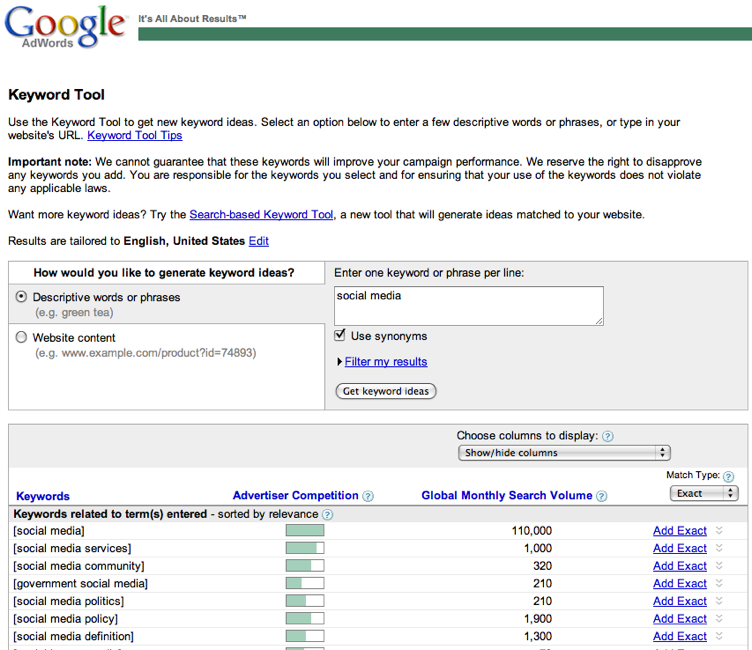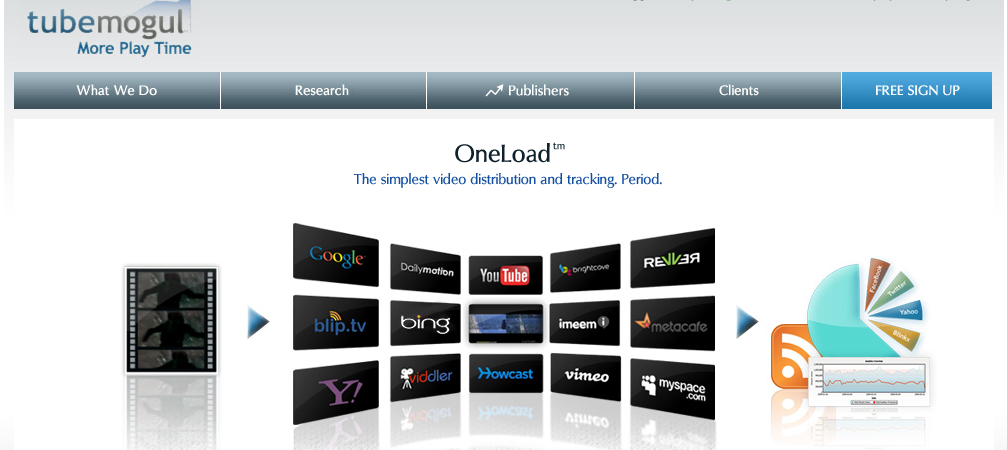 One of the key benefits of social media (that's rarely discussed) is its ability to resolve doubt and confusion among fence-sitters.
One of the key benefits of social media (that's rarely discussed) is its ability to resolve doubt and confusion among fence-sitters.
Yes, your prospective customers are likely confused and possibly uncertain.
During my 15 years of website strategy and usability work (before I went all “social media” on you), I tried very hard to live by the two-click rule—answering the most common questions customers have about your business on your site within two clicks.
How about zero clicks? Social media makes it possible. The key is to create meaningful content that answers prospects' questions, and propagate that content throughout the social web, making a visit to your site unnecessary.
Here's how it works:
#1: Become a Question Detective
First, identify which questions are most important to answer. I recommend starting with six, because it will generate a meaningful amount of content and address the tip of your question iceberg.
You can use a few methods to determine which questions to answer. You can survey your existing customers, although that's not always the best approach because the questions are not fresh in their minds. They've already made their buying decision.
You can study your web analytics to see which pages get the most traffic and which questions are likely to be in prospects' minds when they are on those pages. Or you could survey website visitors, gathering data in real time.
I also like to look at search data, both the searches that people are conducting about your company on Google (use this free keyword tool), and the searches conducted on your website (assuming you have a search function).

I would also make a point to solicit input from customer service and sales teams, as they have more day-to-day interaction with fence-sitters.
#2: Become The Answer Man With Your Blog and Video
Once you've identified your top six questions, answer them using new media.
Not in a “here's our FAQ” way, but in a vigorous, social media way. I recommend answering each question with a dedicated blog post and a video, at minimum. For B2B companies, I would add a short slide presentation that answers each question, and possibly a podcast that answers all six in aggregate.

Discover Proven Marketing Strategies and Tips
Want to go even deeper with your marketing? Check out the Social Media Marketing Podcast! Publishing weekly since 2012, the Social Media Marketing Podcast helps you navigate the constantly changing marketing jungle, with expert interviews from marketing pros.
But don’t let the name fool you. This show is about a lot more than just social media marketing. With over 600 episodes and millions of downloads each year, this show has been a trusted source for marketers for well over a decade.
A Bit About Video
Remember that video is 52 times more likely to show up on the first page of Google search results, so don't skip that part.
Get World-Class Marketing Training — All Year Long!
Are you facing doubt, uncertainty, or overwhelm? The Social Media Marketing Society can help.
Each month, you’ll receive training from trusted marketing experts, covering everything from AI to organic social marketing. When you join, you’ll also get immediate access to:
- A library of 100+ marketing trainings
- A community of like-minded marketers
- Monthly online community meetups
- Relevant news and trends updates
You don't need a film crew. You don't need a makeup artist. You need an inexpensive HD camera. (I prefer the Kodak ZI-8 over the FlipHD because it has an external microphone jack. How did I know that? Because Kodak is very adept at the precise strategy we're discussing here.)
You need some clue about lighting, somebody in your company who's decent on camera and a loose script. If possible, on-the-scene video showing demonstrations would be great. And if possible, I'd recommend having employees closest to the product (designers, engineers, product marketing and customer service) be the stars of the show, not executives or marketers. It's just more authentic and believable that way.
#3: Become a Digital Dandelion With Your Content
Take your written and video content, and spread it as widely as possible on the social web. Post it to your Facebook page. Your LinkedIn page. Your blog, naturally. Put it on YouTube of course. Even better, use TubeMogul to syndicate it to dozens of other video sites.

Certainly, link to your content from your corporate website. But the ideal scenario is that the content performs well enough in search results that potential customers can answer their questions before they ever get to your site.
#4: Improve and Expand
Now that your content is posted to your various social outposts, invite your current customers to make it better. Talk it up on Facebook and your blog. Send it out to existing customers via email, so they can refer fence-sitters to it. Invite current customers to comment on your answers.
Each quarter, commit to answering a few more questions. Involve your customers, and ask them to create their own content that answers other questions (maybe a contest for the best ones).
Now use social listening tools to find blog posts, tweets, forum threads and other discussions about your brand and your products, and as appropriate, direct fence-sitters to your new social media answers.
Now you're combining content with marketing, social media with customer service. Now you're using social media to its full advantage.
Give this a try, will you? Have you done any of this? Share your story and ideas in the comment box below.
Attention Agency Owners, Brand Marketers, and Consultants

Introducing the Marketing Agency Show–our newest podcast designed to explore the struggles of agency marketers.
Join show host and agency owner, Brooke Sellas, as she interviews agency marketers and digs deep into their biggest challenges. Explore topics like navigating rough economic times, leveraging AI, service diversification, client acquisition, and much more.
Just pull up your favorite podcast app, search for Marketing Agency Show and start listening. Or click the button below for more information.

